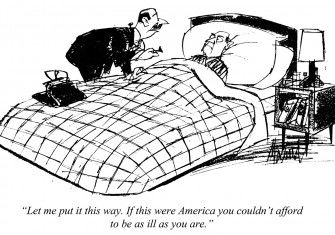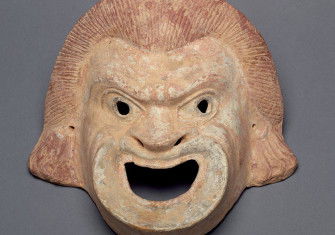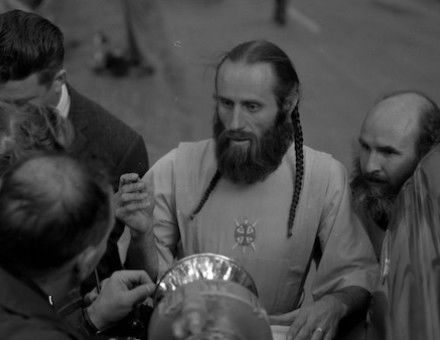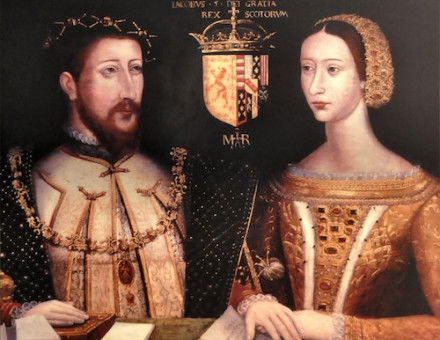The Publication of ‘1066 and All That’
On 16 October 1930 Britain’s sense of its historical greatness was skewered with the release of 1066 and All That.
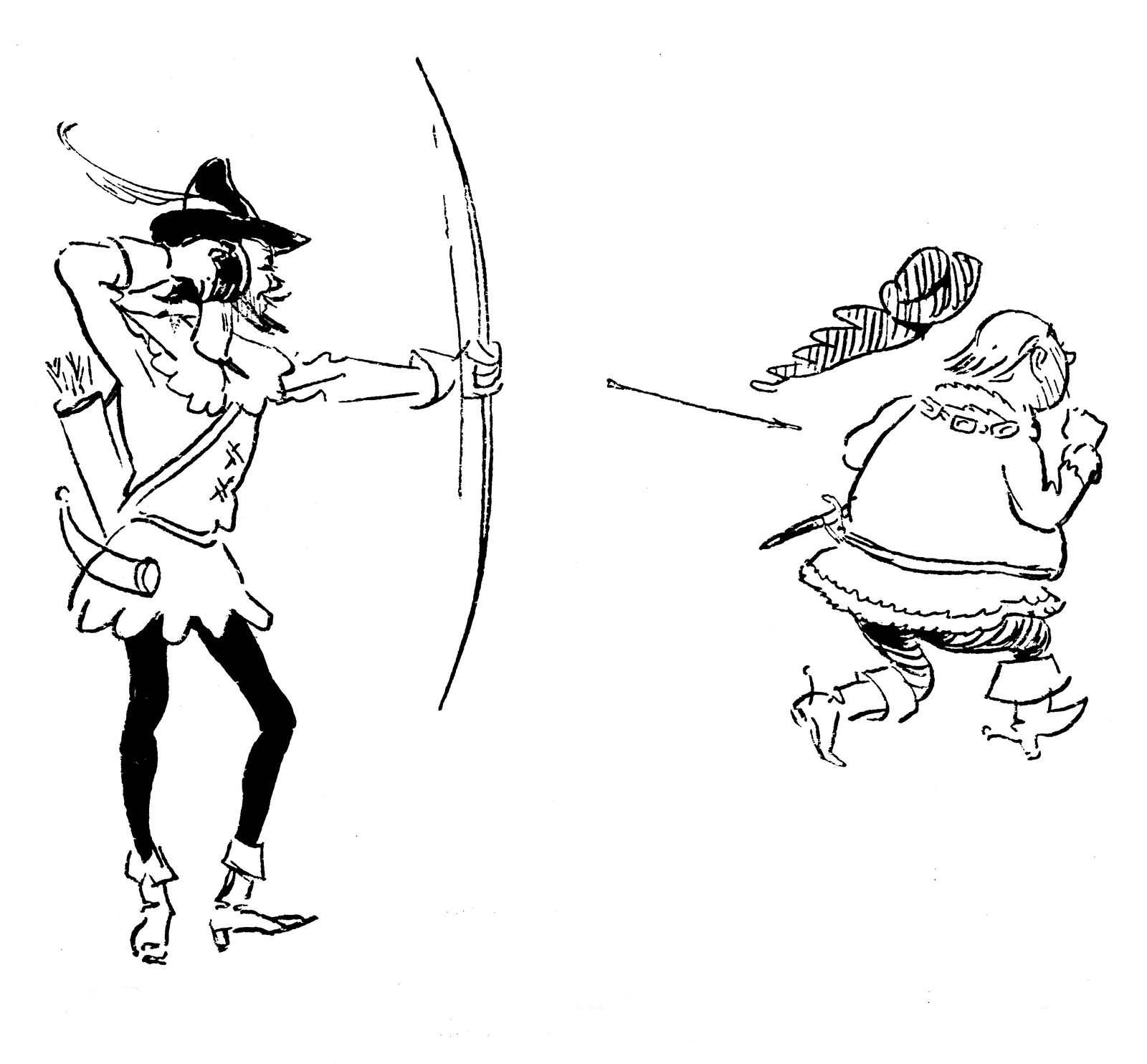
Walter Sellar and Julian Yeatman met as students at Oriel College, Oxford. They matriculated on the same day in April 1919. But they had other things in common. They were both wounded veterans of the First World War, severely so in Yeatman’s case: he was ‘perforated like a colander’ by shellshot.
The two would write four humorous books together, but it is their first, 1066 and All That, published on 16 October 1930, for which they are famous. Its central conceit is that ‘History is not what you thought. It is what you can remember.’ It gleefully rips apart the idealised conception that imperial England had of itself; amid its heroic word-play and flights of fancy are some tart observations. ‘War against Zulus. Cause: the Zulus. Zulus exterminated. Peace with Zulus’, runs a line on Victorian history.
The Marxist historian Raphael Samuel noted that the book came out in the year that separates Lewis Namier’s The Structure of Politics at the Accession of George III from Herbert Butterfield’s The Whig Interpretation of History. Is 1066’s cynicism about the value of history another important kind of revisionism?
Scattered throughout are sample test papers. The last one closes the book. Its final question: ‘What price Glory?’



